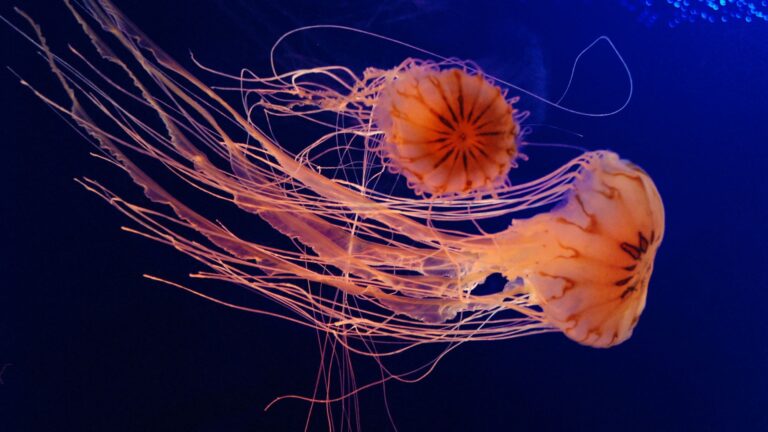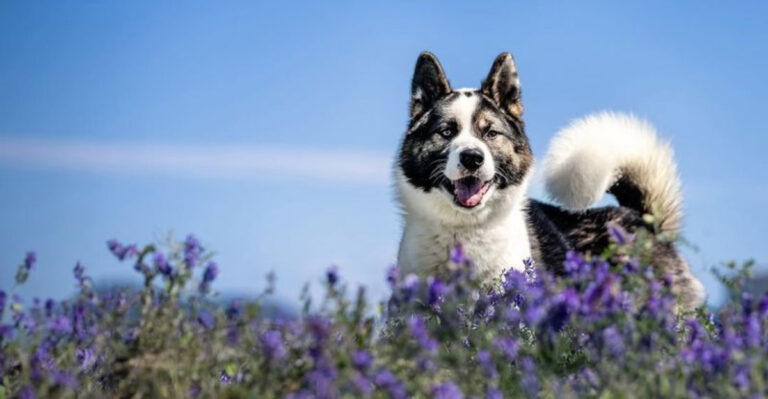Why Three-Toed Sloths Risk Their Lives To Help Moths
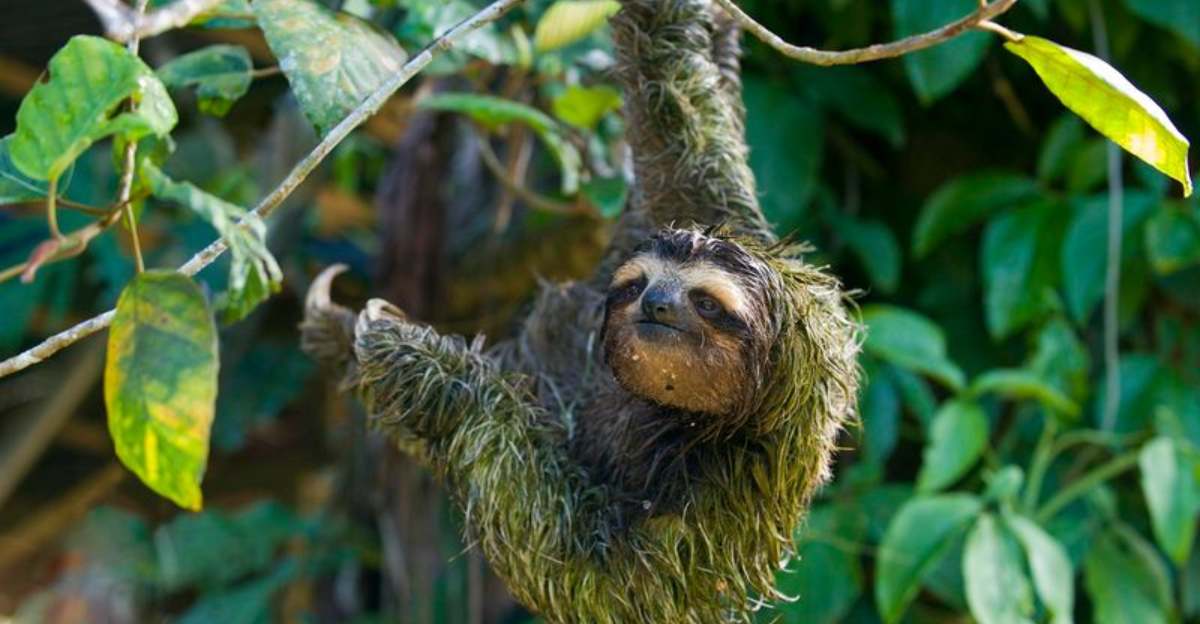
Deep in the rainforests of Central and South America, an extraordinary partnership unfolds between the slow-moving three-toed sloth and tiny pyralid moths.
Once a week, these sloths make a dangerous journey down from the safety of the treetops to the forest floor – just to poop! This risky behavior isn’t just about bathroom habits; it’s the foundation of one of nature’s most fascinating symbiotic relationships.
1. The Fascinating Symbiotic Relationship Between Sloths And Moths
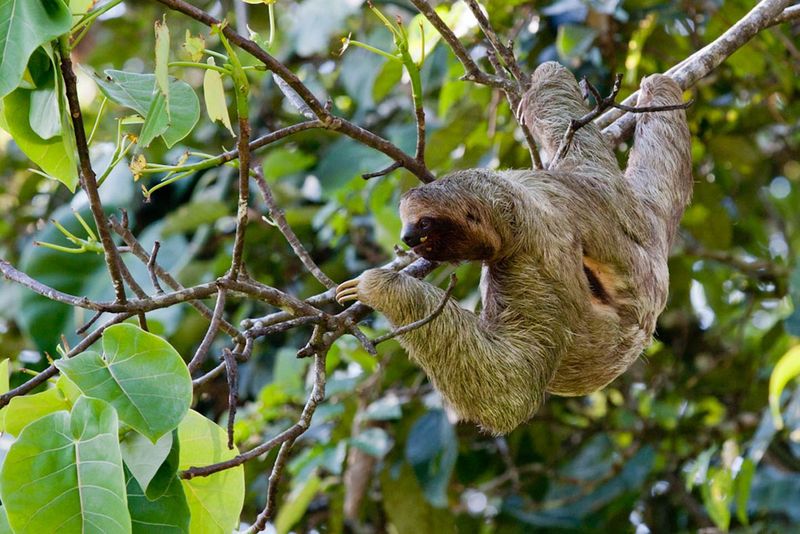
Imagine having tiny roommates that help pay your rent! Three-toed sloths host colonies of moths in their fur, creating a mini-ecosystem unlike any other in the animal kingdom.
The moths depend on sloth fur for shelter and breeding grounds, while the sloths gain nutritional benefits from this arrangement. This remarkable partnership has evolved over thousands of years, showcasing nature’s incredible ability to create mutually beneficial relationships.
2. How Sloths Help Moths Reproduce And Thrive
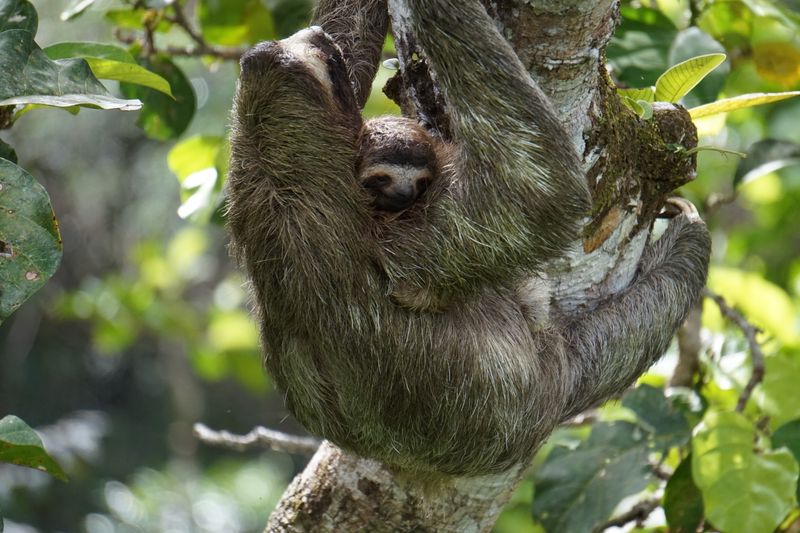
Weekly bathroom breaks become matchmaking opportunities! When sloths descend to defecate, female moths leave the sloth’s fur to lay eggs in the fresh dung pile.
The moth larvae develop in this nutrient-rich environment before emerging as adults and flying up to find another sloth host. Without this risky sloth journey, moths couldn’t complete their life cycle. Talk about going the extra mile for your tiny friends!
3. The Role Of Algae In The Sloth-Moth Ecosystem
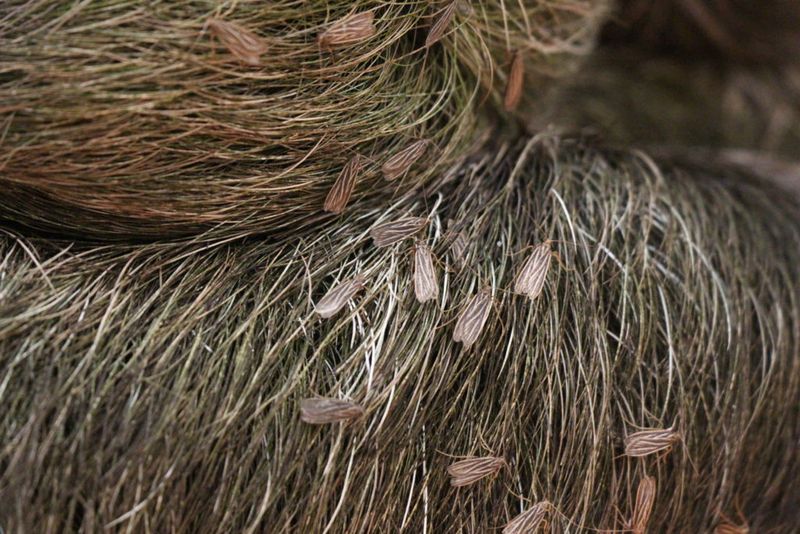
Green isn’t just a fashion statement for sloths! Their fur hosts special algae that create that distinctive greenish tint, providing perfect camouflage among leafy branches.
Moths feed on these algae and help distribute them throughout the sloth’s fur. The algae thrive in the humid, tropical environment created by the sloth’s body heat. This three-way partnership represents one of nature’s most complex and fascinating symbiotic relationships.
4. Why Sloths Descend From The Safety Of The Trees
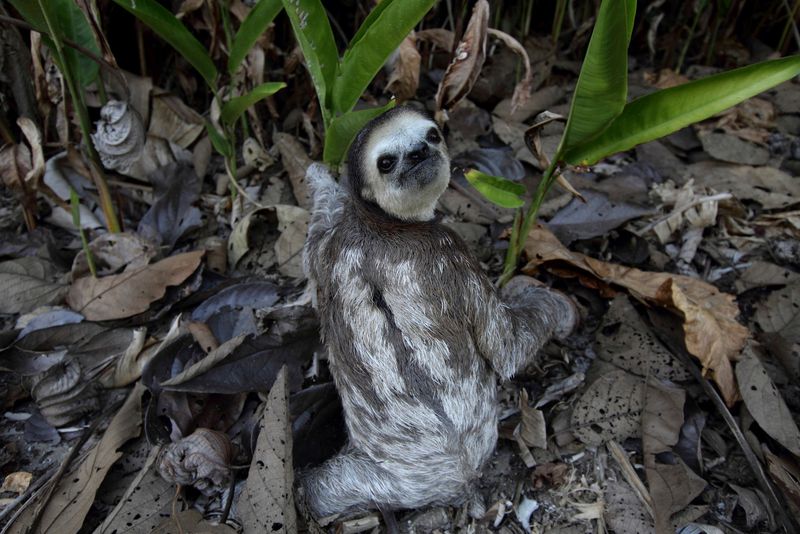
Once a week, the world’s slowest mammal embarks on an epic journey! Sloths could easily relieve themselves from the treetops, yet they deliberately choose the riskier ground option.
Scientists believe this behavior specifically supports moth reproduction and maintains the delicate balance of their shared ecosystem. The sloth’s weekly descent, though dangerous, ensures the continuation of this extraordinary partnership that has evolved over countless generations.
5. The Risks Sloths Face When They Venture To The Ground
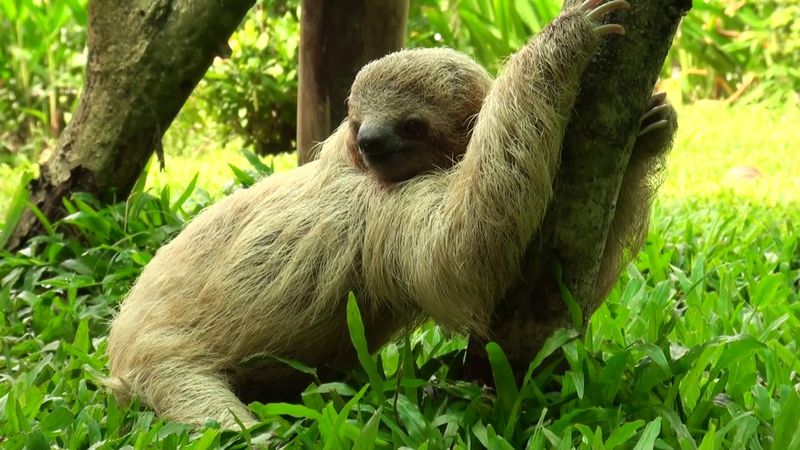
Danger lurks around every corner during a sloth’s bathroom break! On the ground, these slow-moving creatures become easy targets for jaguars, ocelots, and harpy eagles.
Moving at a top speed of just 0.15 miles per hour, sloths can’t outrun predators. They’re also nearly blind at ground level. Despite these terrifying odds, three-toed sloths make this perilous journey weekly, putting their lives on the line for their tiny moth companions.
6. The Unique Role Of Pyralid Moths In The Sloth’s Life

Tiny wingmen with big benefits! Pyralid moths aren’t just freeloading on sloths – they’re working hard to earn their keep in this remarkable partnership.
These specialized moths break down compounds in the sloth’s fur and add crucial nitrogen to the ecosystem. They also help maintain fur health by preventing harmful bacteria growth. Without these industrious insects, sloths would likely suffer from unhealthy fur and potential infections.
7. How Sloths’ Slow Movements Benefit Moths And Algae
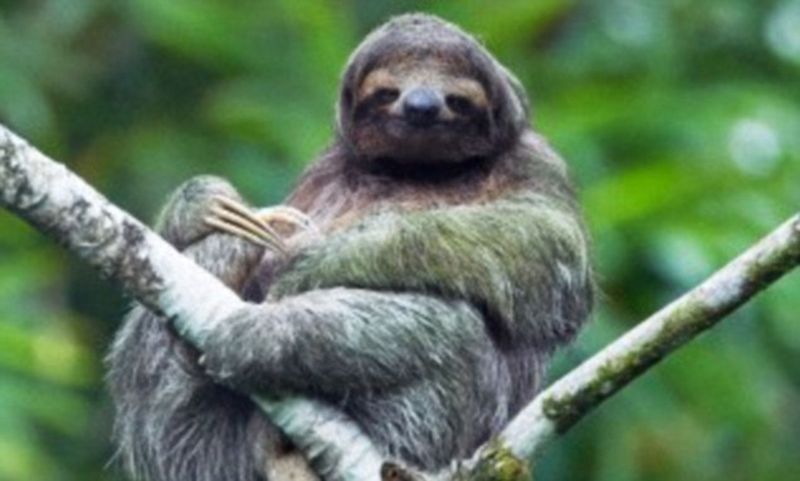
Slow and steady wins the ecological race! A sloth’s famously leisurely pace creates the perfect stable environment for both moths and algae to flourish in their fur.
Rapid movements would dislodge moths and disrupt algae growth. The sloth’s minimal grooming habits also allow these passengers to establish themselves comfortably. This relationship showcases how a seemingly disadvantageous trait – extreme slowness – can actually create ecological opportunities.
8. The Surprising Nutritional Benefits For Sloths

Forget multivitamins – sloths get nutrients from licking their fur! The algae growing in their hair contains essential nutrients that supplement their limited leaf diet.
Moths help spread algae throughout the fur, creating a living salad bar. Scientists have discovered that sloths absorb these nutrients by licking their fur. This unexpected dietary supplement helps explain how these large mammals survive on a diet of nutrient-poor leaves.
9. The Evolutionary Purpose Of Sloths’ Dangerous Descent

Nature’s million-year experiment has created this perfect partnership! Evolution has fine-tuned the sloth’s bathroom habits to benefit all three players in this relationship.
The risky weekly descent has persisted because it provides significant evolutionary advantages. Sloths that maintain healthy moth populations enjoy better camouflage and nutrition from algae. This dangerous behavior has been selected for throughout evolutionary history because its benefits outweigh the considerable risks.
10. How Moths And Algae Contribute To The Sloth’s Survival
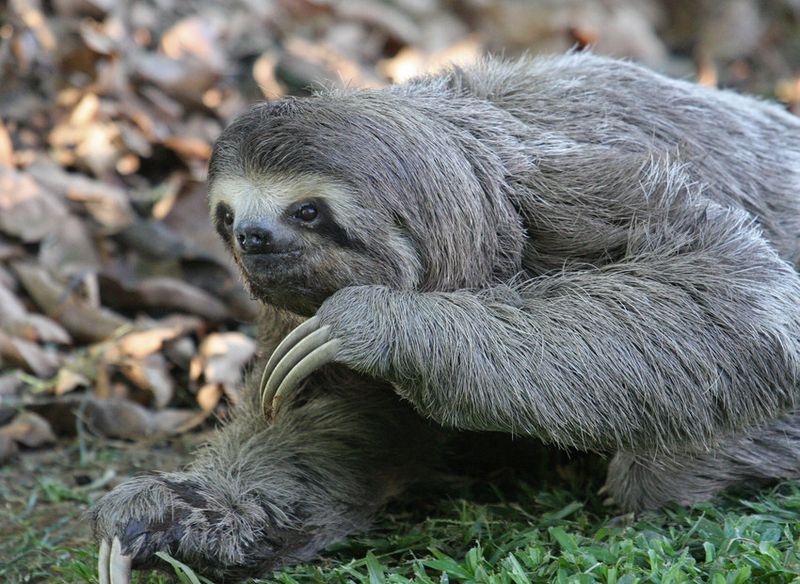
These tiny hitchhikers are actually lifesavers! The green algae covering a sloth’s fur provides crucial camouflage, helping these slow-moving mammals hide from predators like harpy eagles that hunt by sight.
Moths actively maintain this protective covering by distributing algae evenly throughout the fur. Without this camouflage, sloths would be much more visible to predators. The partnership literally helps keep sloths alive in their dangerous rainforest home.
11. The Three-Way Mutualism: Sloths, Moths, And Algae
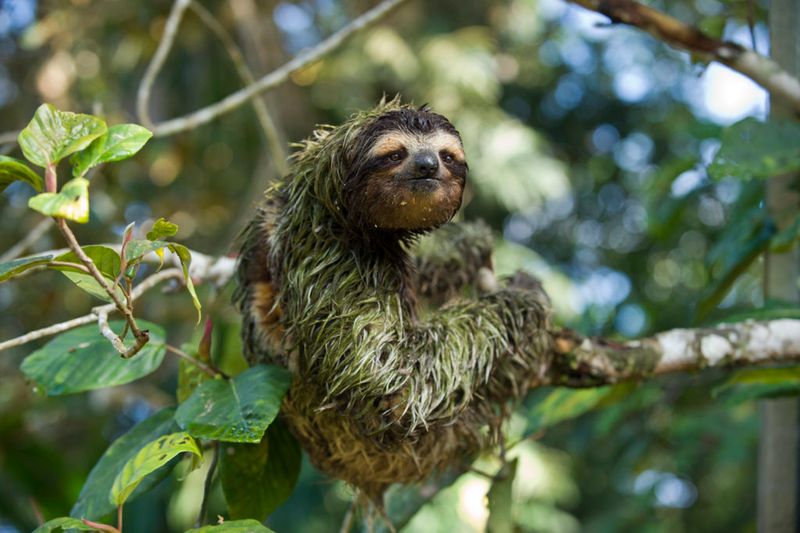
Three’s company in this perfect ecosystem! The sloth-moth-algae relationship represents one of nature’s most sophisticated examples of three-way mutualism, where each participant benefits from the others.
Sloths provide habitat, moths distribute algae and get breeding grounds, while algae receive an ideal growing environment. This intricate dance of cooperation showcases how complex relationships can develop in nature when species evolve together over millions of years.
12. What This Symbiosis Tells Us About Ecosystem Interdependence

No species is an island! The sloth-moth relationship reminds us that even seemingly simple creatures exist within complex webs of interdependence.
This partnership demonstrates how species co-evolve to benefit each other, creating relationships that can’t be broken without consequences for all involved. When we protect sloths, we’re also protecting the unique mini-ecosystems they carry on their backs – a powerful lesson in conservation interconnectedness.
13. The Environmental Implications Of The Sloth-Moth Relationship
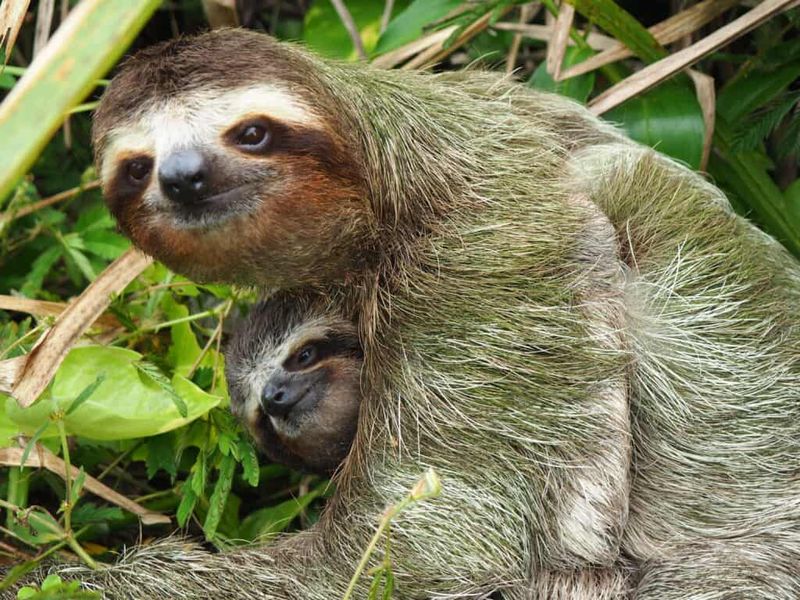
Canaries in the coal mine with fur coats! The delicate balance between sloths and moths serves as an indicator of ecosystem health in tropical rainforests.
Disruptions to this relationship can signal broader environmental problems. Deforestation threatens not just sloths but the entire intricate system they support. By studying this partnership, scientists gain insights into how complex ecological relationships respond to environmental changes and human impacts.

